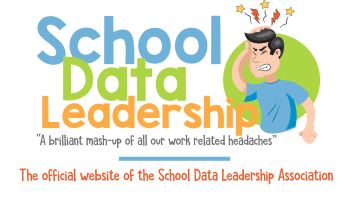Standard 3 - Understanding and Organizing Subject Matter for Student Learning
Teachers exhibit in-depth working knowledge of subject matter, academic content standards, and curriculum frameworks. They apply knowledge of student development and proficiencies to ensure student understanding of content. They organize curriculum to facilitate students' understanding of the subject matter. Teachers utilize instructional strategies that are appropriate to the subject matter. They use and adapt resources, technologies, and standards-aligned instructional materials, including adopted materials, to make subject matter accessible to all students. They address the needs of English learners and students with special needs to provide equitable access to the content.
3.6 Addressing the needs of English learners and students with special needs to provide equitable access to the content
As teachers develop, they may ask, “How do I…” or “Why do I…”
Address the English Language Development (ELD) standards
Guidance: Use the California ELD Standards in tandem with content standards. Differentiate by EL proficiency levels (Emerging, Expanding, Bridging). Scaffold academic language with sentence frames, modeling, and visual aids.
Address the IEP goals and objectives
Guidance: Review IEP documents closely. Collaborate with special education staff. Integrate accommodations like extended time or chunked texts. Follow Universal Design for Learning principles.
Select materials, resources, and technologies
Guidance: Choose standards-aligned tools that offer multiple representations (text-to-speech, translated texts, etc.). Prioritize culturally responsive and linguistically appropriate materials.
Ensure access to critical concepts and themes
Guidance: Use backwards design to align instruction with standards and IEP goals. Reinforce ideas with visuals, manipulatives, and peer collaboration.
